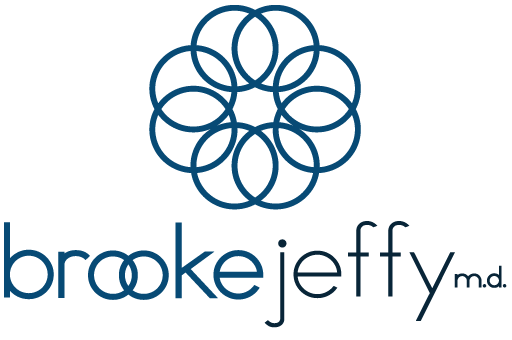So you are considering taking part in the most commonly performed cosmetic procedure in the United States…read on for need to know basics about this procedure!
What is Botox?
“Botox” has become the term used to refer to injection of botulinum toxin into facial muscles to reduce the appearance of wrinkles. “Botox” refers to Botox Cosmetic which is actually one of three injectable products FDA approved to improve the appearance of facial wrinkles. There are two other approved products called Dysport and Xeomin. These products differ in the molecular form of botulinum toxin they contain.
How Does Botox Work?
Botulinum toxin works by blocking nerve signals that cause muscle contraction. These nerve signals come in the form of a neurotransmitter called acetylcholine. Botulinum toxin inhibits the release of acetylcholine and thus prevents the muscle from contracting.
What Is Botox Currently Used For?
Botox works on wrinkles and lines caused by facial movement called dynamic wrinkles. Botox injections may soften a static wrinkle (a line that is present even without facial movement) but may not make it totally disappear.
Botox Cosmetic is FDA approved to treat wrinkles of the brow, forehead and crow’s feet area but is often used off-label to treat other cosmetic issues including bunny lines, nostril flare, lines around the mouth, gummy smile, chin crease, jaw muscle hypertrophy, horizontal lines of the neck and platysmal neck bands.
Botulinum toxin is also used to treat excessive sweating of the axillae, palms and soles.
Botulinum toxin is also used to treat various neurological conditions such as migraine headache and overactive bladder.
What Are Future Uses For Botox?
Botulinum toxin is being studied for many other uses. In the dermatology realm, botulinum toxin is being studied in scar reduction protocols as well as to improve facial redness and oily skin.
What Are The Risks Of Botox?
When used for cosmetic purposes, botox does not cause any long term adverse effects.
The most common side effect is bruising that can take a week or so to resolve. Rarely, brow or eyelid droop may occur but this is generally avoided by an experienced injector.
How Long Does Botox Last?
Onset of effect is usually two to four days after the injection. The effect generally lasts about three months before waning gradually. Patients that get repeated injections to the same area may experience longer benefit from future procedures due to muscle atrophy.
Does Botox Hurt?
Botox is injected with tiny needles. I would say there is mild discomfort rather than pain.
Should I Get Botox?
Obviously this is a personal decision based on comfort with the risks of the procedure. But if you have dynamic facial lines, botulinum toxin injection is the only treatment. These dynamic facial lines become fixed with time so you can think of Botox as a preventative for fixed lines. Even if you just get botox occasionally, giving those facial muscles a break may help lessen overall wrinkles in the future. I have been getting botox for over 10 years now, usually twice per year.
Of course, botox to enhance appearance should be used in conjunction with other strategies to combat age related skin changes such as strict photoprotection, tailored skin care regimen, and healthy diet and lifestyle.
I will do a post on exactly what to expect during your appointment for botox soon!
-Dr. J

